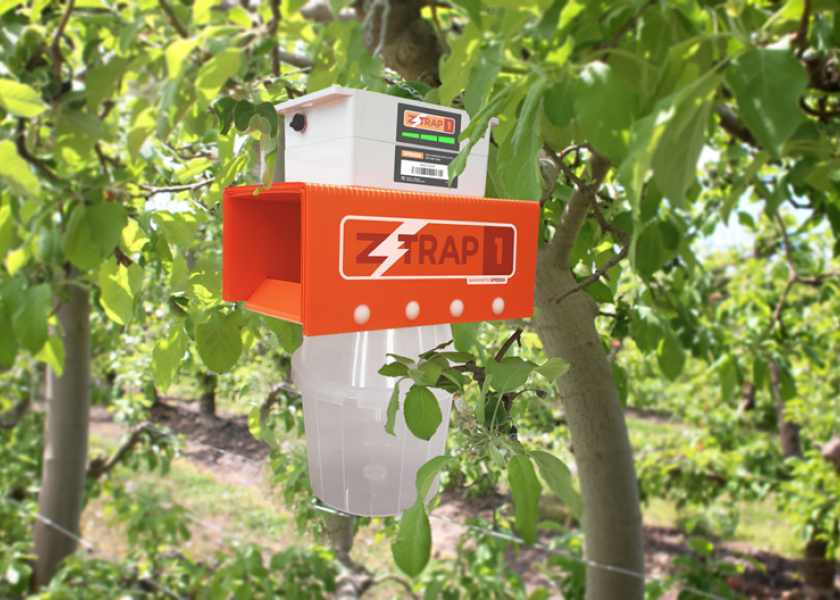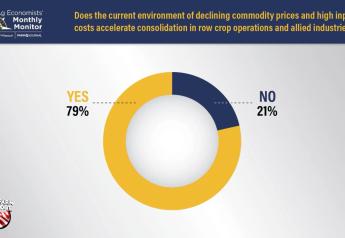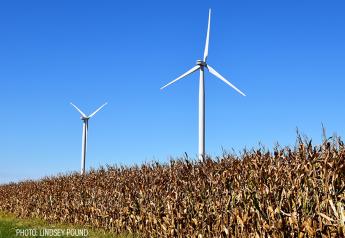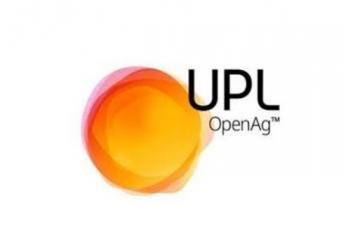New Electronic Trap Zaps Insects

An electric zap may have just given crop scouting a boost. Z-Trap 1 is an electronic insect trap from Spensa Technologies allowing for remote monitoring of pest problems. Real-time count updates and daily reports of insect activity are sent to the cloud for web- or mobile-based monitoring. The automated process of capturing and counting insects carries the potential for labor savings and greater accuracy of pesticide applications.
Using standard pheromones as a lure, insects fly into the trap and make
contact with a high-voltage grid. The voltage drops and the time-stamped data is sent to the cloud. Based on the level of voltage drop, time of day and pheromone within, the Spensa AP data platform distinguishes between insect, leaf or debris. A grower or consultant can log in and see real-time insect totals for days, weeks or months across multiple Z-Trap machines. The insect-catching devices can be turned on or off remotely according to time of day.
"If you factor in driving, counting, replacing when necessary and cleaning, we estimate Z-Trap will save a minimum of 30 minutes of labor per trap per trip," says Chad Aeschliman, vice president of engineering for Spensa Technologies.
Since 2010, Spensa has tested 400 units in the United States, Australia, Brazil and New Zealand, in corn, soybeans and tree fruit. Aeschliman says consistent and accurate pest counts from Z-Trap enable faster decisions on pesticide applications.
"Labor savings is significant, but another area improved by Z-Trap is timing," he says.
"The stream of data helps a grower recognize when a crop is vulnerable and needs treatment."
For more information, see spensatech.com/z-trap.html







